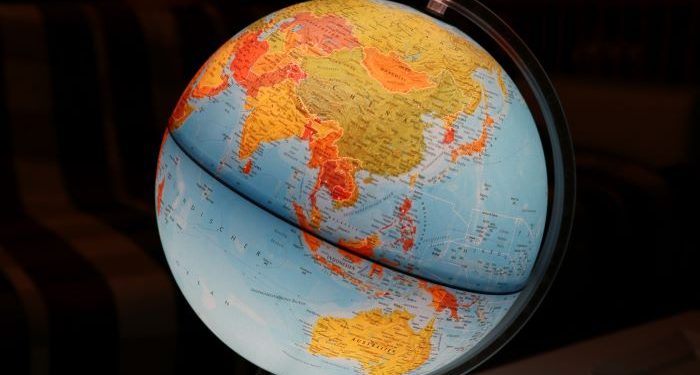In today’s interconnected world, the concept of the “Global South” has gained prominence in discussions about international politics, economics, and development.
This term, while not geographically precise, signifies a crucial perspective in global affairs.
In this report, we will delve into the modern concept of the Global South, explore its origins, and identify the countries and regions that make up this diverse and influential group.
Defining the Global South
The term “Global South” does not refer to a specific geographical location but rather represents a collective identity. It encompasses countries and regions that share common characteristics related to their historical experiences, economic conditions, and geopolitical positions in the global arena.
While there is no universally agreed-upon definition, the Global South is generally understood to include countries from Latin America, Africa, Asia, and Oceania.
These nations often face similar challenges, such as economic inequality, underdevelopment, and historical legacies of colonialism and imperialism.
Historical Context
The concept of the Global South emerged in the mid-20th century during the era of decolonization and the Cold War.
As formerly colonized nations gained independence and formed the Non-Aligned Movement, they sought to assert their political and economic sovereignty in a world dominated by the Western powers of the “Global North.”
The term “Global South” was coined to describe this bloc of nations that aimed to challenge the existing global power dynamics.
Characteristics of the Global South
- Economic Disparities: Many countries in the Global South face significant economic disparities, with large portions of their populations living in poverty. These nations often rely on agriculture and raw material exports, which can make their economies vulnerable to global market fluctuations.
- Political Diversity: The Global South comprises countries with diverse political systems, ranging from democracies to authoritarian regimes. Political stability varies widely, and some nations have experienced prolonged conflicts and instability.
- 3. Geopolitical Significance: Several countries in the Global South play pivotal roles in global geopolitics. For example, emerging powers like India, Brazil, and South Africa have become influential players in international forums and negotiations.
- Cultural Diversity: The Global South is incredibly culturally diverse, with a rich tapestry of languages, religions, and traditions. This diversity is a source of strength and resilience for these nations.
- Development Challenges: Development challenges, including access to healthcare, education, and infrastructure, are prevalent in many Global South countries. International development organizations and initiatives often focus on addressing these issues.
Prominent Global South Regions and Countries
- Sub-Saharan Africa: This vast region is home to numerous Global South countries facing complex development challenges. Nigeria, South Africa, and Kenya are among the most prominent nations in this category.
- Latin America: Many countries in Latin America, including Brazil, Mexico, and Argentina, are part of the Global South. Despite economic growth in some of these nations, they continue to grapple with income inequality and social disparities.
- South Asia: India and Bangladesh are key players in South Asia, contributing significantly to the Global South’s demographic and economic weight.
- Southeast Asia: Nations like Indonesia and Vietnam are emerging as economic powerhouses in Southeast Asia, with growing influence on the global stage.
The concept of the Global South is a dynamic and evolving one, representing a diverse group of countries with shared historical experiences and development challenges.
While these nations face complex issues, they also bring unique strengths and opportunities to the global community.
Understanding the modern concept of the Global South is essential for addressing global inequalities and fostering cooperation in an interconnected world.
For any enquiries please, email our editorial team at [email protected]. If you liked this story, kindly sign up for Clariform Newsletter, a handpicked selection of stories that helps you clarify things that matter and gives you clear signals about your world, delivered directly to your inbox.
Please subscribe to our YouTube channel, and join thousands of Clariform on Facebook, Twitter and Instagram.












